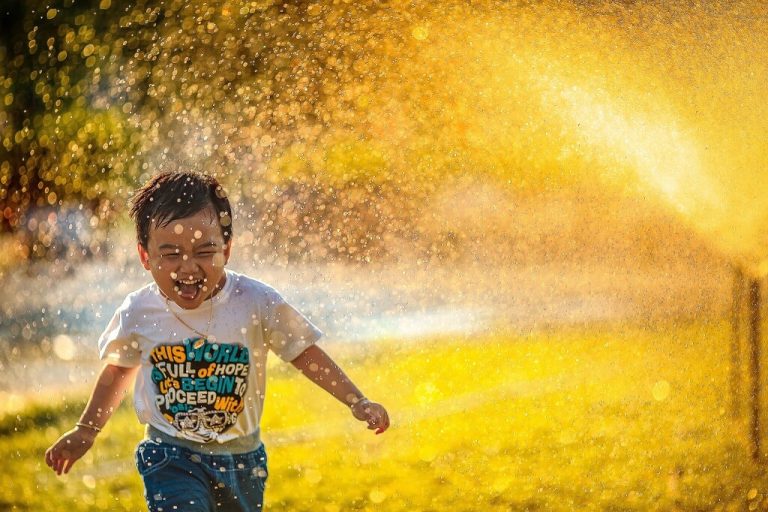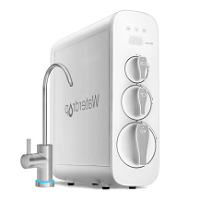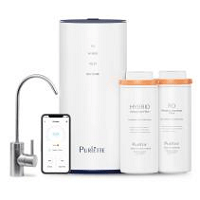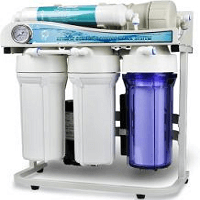Table of Contents [show]
The pollution of fresh water is a crucial environmental problem, especially given the scarcity of fresh water in our region.
Almost 70% of the earth's surface is covered with water, but freshwater accounts for about 3% of it. Moreover, there is only about 0.5% availability of freshwater for human consumption; most of it is stored in unreachable forms such as snowpacks and glaciers. It is therefore crucial that we save the tiny usable amount of freshwater clean.
Since our freshwater supply is so limited, pollution becomes a much bigger problem. Pollution enters our water reservoirs in several ways. The first method is legal dumping from industrial facilities, while the second is illegal discharge. Water treatment plants, fracking operations, and oil pipelines all have the potential to spill pollutants. Our water supply is also contaminated by storms and floods that wash pollutants and waste into the water.
Pollution from industry is fairly strictly regulated in the United States. So, while direct pollution from industrial facilities is currently a problem, nonpoint source pollution is still the major cause of freshwater pollution. Nonpoint source pollution occurs when pollutants enter our groundwater through a series of sources, instead of being deposited by a single polluting source. This happens when pollutants enter our water reservoirs through flooding or rain. However, this kind of pollution from discharges is still harmful. Arsenic, oil, herbicides, pesticides, fertilizers, and other harmful chemicals, as well as animal and pet feces, viruses, and bacteria can be in it. Older plumbing systems, such as lead pipes, can also leak lead into our water.
Fortunately, while water pollution is a large and complicated global problem, each individual can take measures at home to prevent the negative impacts of water pollution and ensure that water supplies remain clean.
Dispose of Toxic Chemicals Properly
Solvents, insecticides, and household cleaners may seem harmless at first glance. Ammonia, paint thinners, bleach, paints and a host of other chemicals, on the other hand, pose a great danger. With millions of individuals flushing hazardous substances down the toilet or throwing them down the drain every month, the cumulative consequences are significant. That's why it's so important to dispose of waste properly.
Many chemicals used in the home are mostly recyclable. There may be a recycling center in your neighborhood where you can recycle used motor oil, old paint, and other chemicals. Some places also have municipal drop-off locations and collection centers. Your city may even organize a toxic waste collection day where you can safely dispose of these dangerous old chemicals.
Use Phosphate-Free Detergent and Dish Cleaner
You can reduce water pollution even further by using only a sufficient amount of these detergents to get the job done. Phosphates are not the only dangerous compounds found in detergents. Phosphates cause algae blooms and reduce oxygen levels in the water, leading to the death of aquatic life.
Check Your Sump Pump or Cellar Drain
These devices occasionally overflow into the municipal sewage system. Cleaning chemicals, heavy metals, biological waste, and other pollutants are discharged into the system through this connection. If you do not know where your basement drain or sump pump should go, contact the City's Department of Environmental Protection.
Dispose of Medical Waste Properly
Never flush medications down the toilet or throw them into a nearby stream or pond. Medicines accumulate in fish and other animals while accumulating in water. Various substances and hormones pollute the drinking water used by humans and livestock and cause various health issues in birds and fish.
Eat More Organic Food
Organic food may be treated with chemicals, but it is usually made with few artificial chemicals. Organic food minimizes the pollution of chemicals that enters the water supply. Among the chemicals needed to cultivate food, the gasoline used to transfer crops, and the fuel used to run the agricultural equipment on industrial farms, the food we consume has a huge impact on environmental quality.
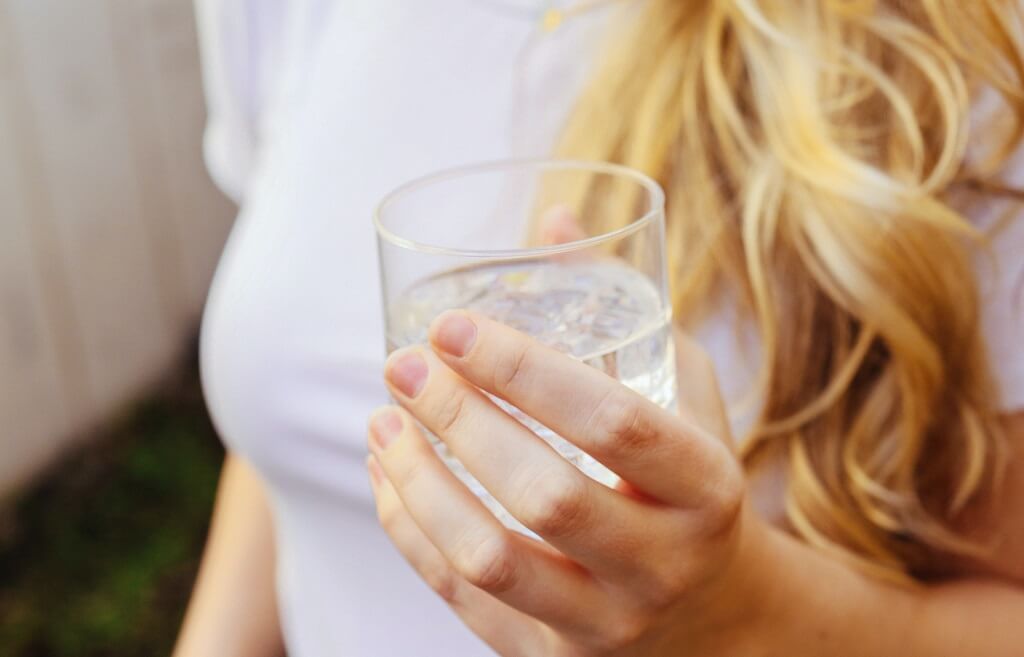
Try to Avoid Plastic Containers
In the nation's lakes and oceans, plastic rings and grocery bags made from six-packs of drinks are causing big problems. When submerged in water, plastic bottles can remain intact for over 10 years. Instead, invest in reusable cotton or plastic shopping bags. They could be purchased for as little as $1 each, which is really cheap. Drinks should be kept in insulated containers that are reusable, and filtered water should be made at home.
Use Water Filters
A reverse osmosis filter, often called a RO filter, is the gold standard for in-house filtration, according to the Environmental Working Group, a public health advocacy organization that pushes for stricter management of PFAS. In reverse osmosis filters, water is forced through a membrane that captures impurities. These filters are considered the most efficient.
Waterdrop G3 Reverse Osmosis Water Filter System
Contaminant Buildup is avoided with this product. The accumulation of viruses and bacteria is prevented by the cross filtration of the RO system.
It is a space saving device. This tankless design is only 5.68 inches wide, saving countertop or under sink space. A smart faucet is included. The condition of the filter is indicated as 'perfect' by the blue light on the faucet. 'Replace soon' is indicated by the color yellow. 'Replace now' is indicated by the color red. It is NSF 58 and 372 certified. NSF International has tested and approved the RO system to the NSF/ANSI standard.
Purlette Reverse Osmosis System
With its sink water filter, this reverse osmosis system removes tap water odor, prevents scale buildup, eliminates suspended particles, and eliminates fluoride and chlorine taste. Get personalized reminders and keep track of filter usage. This Alexa-enabled smart home reverse osmosis water filter system includes a 5-stage water filtration system, including a carbon filter, to make your drinking water clean by removing unsanitary things from it. Unlike water bottles, you can filter your water to remove harmful substances.
iSpring RCS5T RO Water Filter System
Odor, disinfection byproducts, sand, chlorine and rust are removed in stages 1-3. Dual-Flow 4th stage Pesticide residues, heavy metals and other contaminants are removed by the RO membrane. To make the quality of drinking water better, chlorine is removed and flavors are added in the 5th stage. With a LOW WASTE 1: 1 ratio of wastewater to clean water, the advanced Dual-Flow 500GPD membrane saves 60% water. Restaurants, offices, laboratories and salons all benefit from RO water that is high quality in different ways.

